Accelerated Ecological Psychotherapy
Accelerated Ecological Psychotherapy
ETT Applications for Sleep Disorders, Pain, and Addiction
Steven R. Vazquez, PhD
JASON ARONSON
Lanham Boulder New York Toronto Plymouth, UK
Published by Jason Aronson
A wholly owned subsidiary of The Rowman & Littlefield Publishing Group, Inc.
4501 Forbes Boulevard, Suite 200, Lanham, Maryland 20706
www.rowman.com
10 Thornbury Road, Plymouth PL6 7PP, United Kingdom
Copyright 2013 by Steven R. Vazquez
All rights reserved . No part of this book may be reproduced in any form or by any electronic or mechanical means, including information storage and retrieval systems, without written permission from the publisher, except by a reviewer who may quote passages in a review.
British Library Cataloguing in Publication Information Available
Library of Congress Cataloging-in-Publication Data Available
Vazquez, Steven R., 1947
Accelerated ecological psychotherapy : ETT applications for sleep disorders, pain, and addiction / Steven R. Vazquez.
pages cm
Includes bibliographical references and index.
ISBN 978-0-7657-0961-5 (cloth : alk. paper)ISBN 978-0-7657-0962-2 (electronic)
1. Emotion-focused therapy. 2. Psychotherapy. I. Title.
RC489.F62V392 2013
616.89'14dc23 2012035402
 The paper used in this publication meets the minimum requirements of American National Standard for Information SciencesPermanence of Paper for Printed Library Materials, ANSI/NISO Z39.48-1992.
The paper used in this publication meets the minimum requirements of American National Standard for Information SciencesPermanence of Paper for Printed Library Materials, ANSI/NISO Z39.48-1992.
Printed in the United States of America
This book is dedicated to the memory of:
- my father, Ignacio R. Vazquez, whose enthusiasm for me and my work never stopped;
- Bart Paff, a psychologist who saw the value of ETT, believed in me, and championed this cause;
- Linda Benson, who was willing to try my experimental techniques in its early phases, which allowed this work to evolve; and
- Sandra Valiquette, who believed in me and this approach.
Foreword
Psychotherapy, as it has been practiced in Europe and the Americas, has evolved from its earliest roots in Freuds groundbreaking work called psychoanalysis, to numerous treatments and interventions utilized today that bear little or no resemblance to the original process. It is typically a culture-bound endeavor that does not translate easily cross-culturally, if at all, which is a limitation.
Innovators appear from time to time, risking much to bring their knowledge, experience, and creativity to the therapeutic community for practice and, ultimately, scrutiny. This may include criticism and disbelief, as well as acclaim. Courage is required, in addition to brilliance, to bring forward ones theory and treatment protocol.
And so I was a skeptic when my friend and fellow therapist, Lynn Rutherford, called me from Austin, Texas, to tell me that she had discovered a therapist with an amazing innovation in treatment for notoriously stubborn physical/psychological challenges, such as chronic pain, anxiety, depression, trauma of all sorts, among other difficulties. She tried to describe the treatment that Dr. Steven R. Vazquez had developed, which consisted of some combination of a variety of colored lights that flickered at various rates. I didnt get it!
I think it is important to note here that I am a clinical and forensic psychologist, and I have been in private practice since 1980, treating a variety of presenting problems, specializing in chemical dependency and process addictions, trauma of all sorts, and psychological assessment. My state Board of Psychology requires thirty-six hours of continuing education for me to renew my license every two years, and I usually turn in more like ninety hours. I love learning that much! So I have seen and heard, as well as presented, my fair share of professional programs. My work has led me to sit on continuing education advisory committees for many mental health and chemical dependency inpatient treatment programs, as well as the California Mandatory Continuing Education for Psychologists Committee. As a result, Ive experienced many presenters and their presentations.
Lynn had brought me other ideas and information in the past and these had been quite useful to me in treating my patients over the years. But I must admit that I was less than enthusiastic as she described the treatment protocol. Nevertheless, when she suggested that I host her colleague for a series of trainings in California, I reluctantly agreed. A crowd of my colleagues signed up for Introduction to Emotional Transformation Therapy (ETT). Sierra Tucson hospital graciously agreed to provide continuing education credit for those in attendance.
After listening to Dr. Vazquez explain the theory and mechanics of his treatment, he asked for volunteers to demonstrate the three tools of his trade, a set of odd-looking goggles, a chart depicting the pure spectral colors of the rainbow, and a machine, called a chromopulse, that emitted flickering colored light that could be changed and controlled by the therapist, its operator.
The audience was skeptical. I was skeptical. But, as a sufferer of chronic sciatic pain as a result of a surgical injury, I had tried everything under the sun to relieve the pain with little relief that lasted more than a few days. So I was happy to volunteer as a subject for his demonstration. Dr. Vazquez put the goggles on me and the treatment began.
Out of that initial training, twelve colleagues signed on for six weekends of training with Dr. Vazquez, spread out over two years. At each of the trainings, we trainees would practice what we were learning on each other. By the end of the third training session my back pain was gone. I couldnt believe it! Seventeen years had passed since the inception of the pain, which was, at times, excruciating and debilitating. My office mates sometimes had had to help me out of my chair at the end of a session with a patient because I wouldnt be able to stand without assistance; the pain was that severe. And the pain was gone! It has never come back in all the many years since.
I became a believer and began treating my patients with ETT. Patients reported all sorts of good results with the process. Anxiety was reduced, sexual compulsivity declined, agoraphobia relented, and a patient on parole from a lengthy prison term for assault was relieved of his violent reactions. His mother called to say, What have you done to my son? Hes a different human being and we are so grateful. He is unlikely to return to prison, which is a boon not only to him and his loved ones, but also to us taxpayers who pay the very expensive bill for incarceration.
I observed Dr. Vazquez presenting his work to a room of seventy to eighty professionals of various therapeutic traditions. His methodology relieved an audience volunteer of his obsessive sexual thoughts, which he claimed he had had for many years, thoughts that interfered with his work as a physician and his relationship with his wife. The whole demonstration took about twenty minutes. The audience was amazed, but comments indicated they believed the results wouldnt hold up over time. But they have! The man who so courageously volunteered continues to be free of obsession. The work Dr. Vazquez did with him is chronicled in chapter 7 of this book.
And so, it is with confidence and pleasure that I encourage you, the reader, to investigate Dr. Vazquezs revolutionary treatment protocols, using the very simple tools of light, color, and vibration, configured in such marvelous healing modalities described in this long-awaited book. This book is clearly written and the sequencing of information makes it highly readable. Each concept builds on the one previously presented, which makes difficult material more easily digested. You will finish the book wanting to learn his techniques for your own particular issues as well as those of your patients.

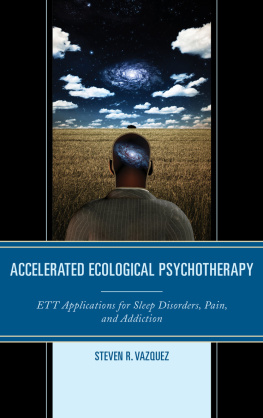

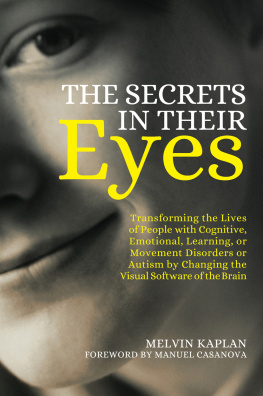
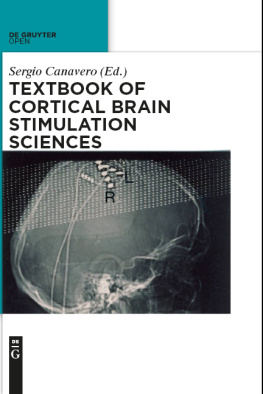

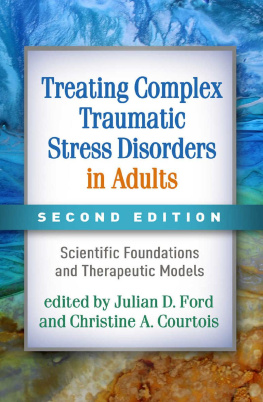
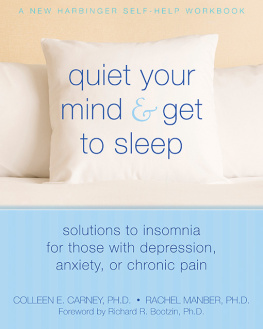
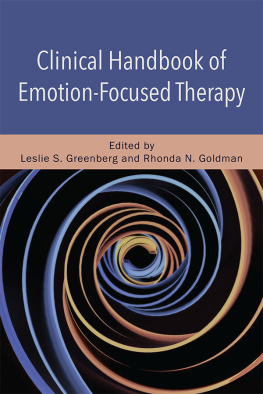
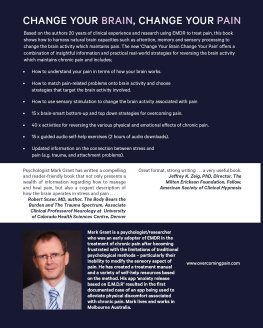
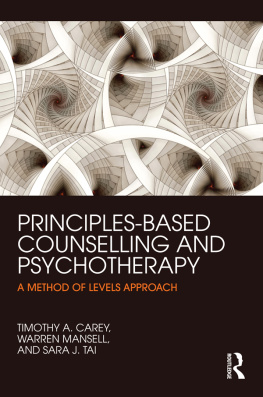
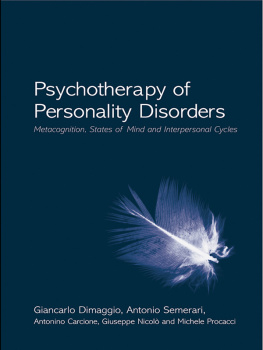
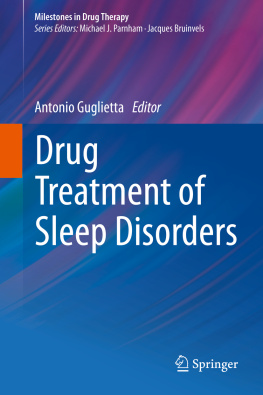
 The paper used in this publication meets the minimum requirements of American National Standard for Information SciencesPermanence of Paper for Printed Library Materials, ANSI/NISO Z39.48-1992.
The paper used in this publication meets the minimum requirements of American National Standard for Information SciencesPermanence of Paper for Printed Library Materials, ANSI/NISO Z39.48-1992.